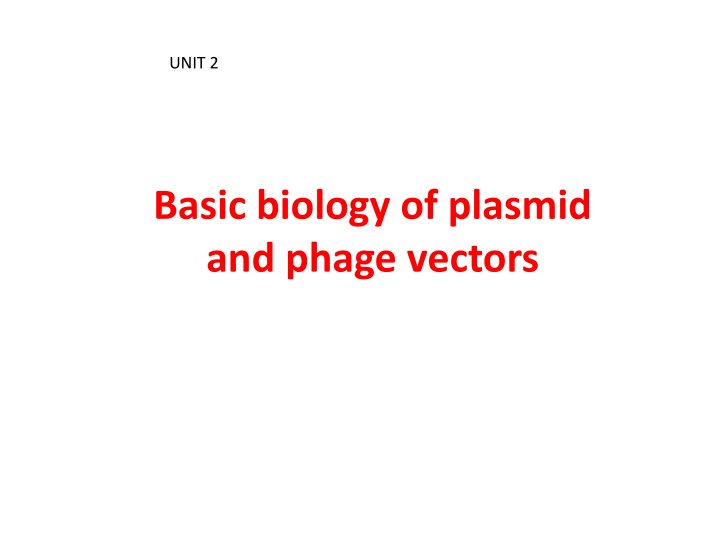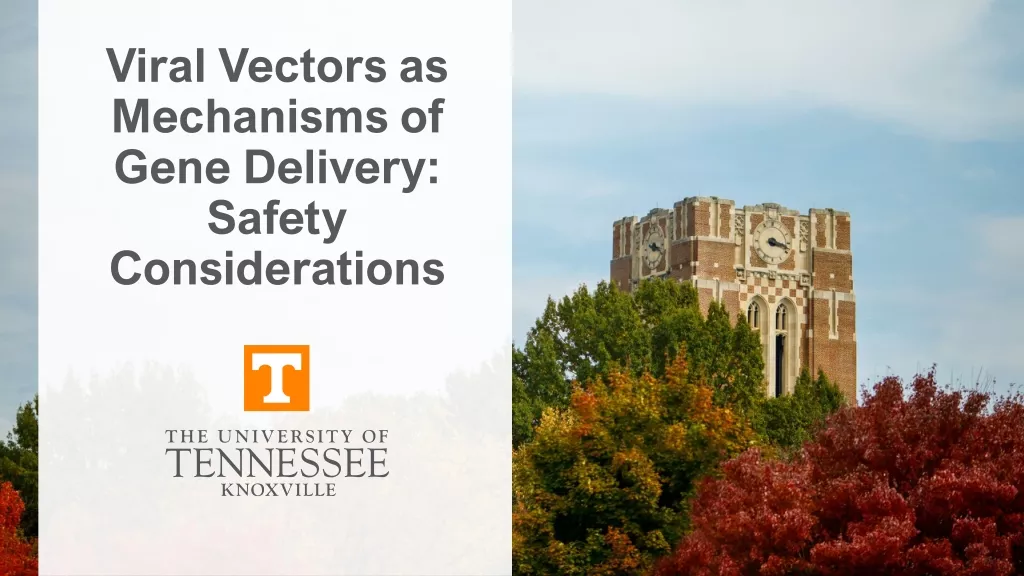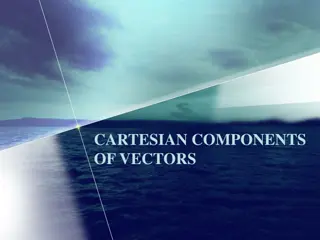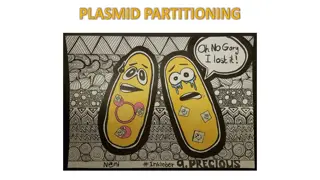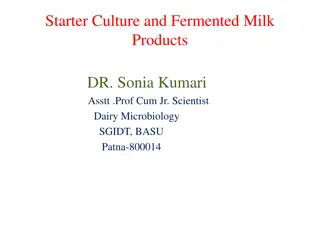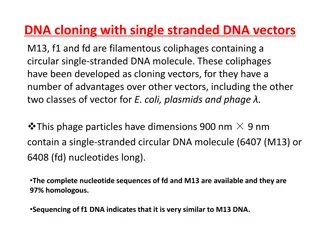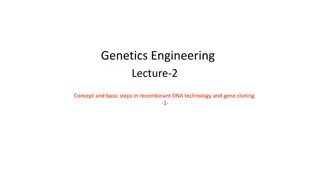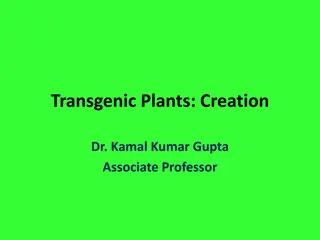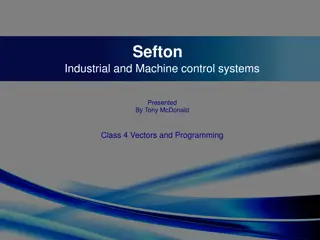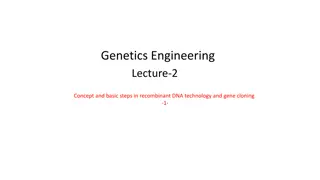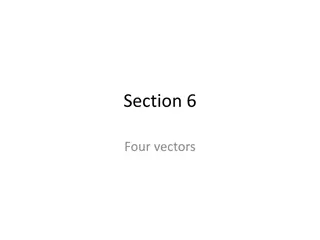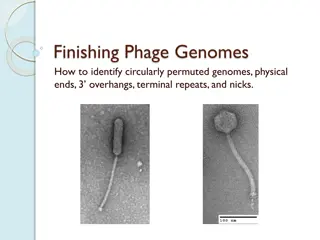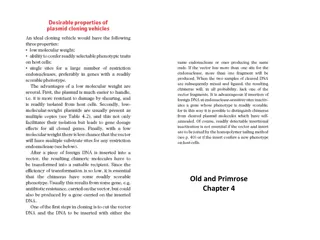Basic Biology of Plasmid and Phage Vectors
Plasmids are replicons inherited extrachromosomally, existing as circular DNA molecules. They can be categorized as conjugative or non-conjugative based on transfer genes presence, and by copy number per cell. Linear plasmids and their maintenance mechanisms are also discussed, along with phenotypic traits and stability features of plasmids. Additionally, topics like partitioning, incompatibility, and different plasmid types are highlighted.
Download Presentation

Please find below an Image/Link to download the presentation.
The content on the website is provided AS IS for your information and personal use only. It may not be sold, licensed, or shared on other websites without obtaining consent from the author.If you encounter any issues during the download, it is possible that the publisher has removed the file from their server.
You are allowed to download the files provided on this website for personal or commercial use, subject to the condition that they are used lawfully. All files are the property of their respective owners.
The content on the website is provided AS IS for your information and personal use only. It may not be sold, licensed, or shared on other websites without obtaining consent from the author.
E N D
Presentation Transcript
UNIT 2 Basic biology of plasmid and phage vectors
Plasmids are replicons which are stably inherited in an extrachromosomal state. Most plasmids exist as double-stranded circular DNA molecules. If both strands of DNA are intact circles the molecules are described as covalently closed circles or CCC DNA (Fig. 4.1). If only one strand is intact, then the molecules are described as open circles or OC DNA. Not all plasmids exist as circular molecules. Linear plasmids have been found in a variety of bacteria, e.g. Streptomyces sp. and Borrelia burgdorferi. To prevent nuclease digestion, the ends of linear plasmids need to be protected and two general mechanisms have evolved. Either there are repeated sequences ending in a terminal DNA hairpin loop (Borrelia) or the ends are protected by covalent attachment of a protein (Streptomyces). Old and Primrose Chapter 4
Old and Primrose Chapter 4
Plasmids can be categorized into one of two major type conjugative or non-conjugative depending upon whether or not they carry a set of transfer genes, called the tra genes, which promote bacterial conjugation. Plasmids can also be categorized on the basis of their being maintained as multiple copies per cell (relaxed plasmids) or as a limited number of copies per cell (stringent plasmids). Generally, conjugative plasmids are of relatively high molecular weight and are present as one to three copies per chromosome, whereas non-conjugative plasmids are of low molecular weight and present as multiple copies per chromosome
Table 4.1 Some phenotypic traits exhibited by plasmid-carried genes. Antibiotic resistance Antibiotic production Degradation of aromatic compounds Haemolysin production Sugar fermentation Enterotoxin production Heavy-metal resistance Bacteriocin production Induction of plant tumours Hydrogen sulphide production Host-controlled restriction and modification
HIGH COPY NUMBER: 3-5 MICROGRAMS PER ML OF CULTURE LOW COPY NUMBER: 0.2-1 MICROGRAM PER ML OF CULTURE
Partitioning and segregative stability of plasmids Plasmids are stably maintained because they contain a partitioning function, par, which ensures that they are stably maintained at each cell division. Such par regions are essential for stability of low copy- number plasmids. Incompatibility of plasmids Plasmid incompatibility is the inability of two different plasmids to coexist in the same cell in the absence of selection pressure. Groups of plasmids which are mutually incompatible are considered to belong to the same incompatibility (Inc) group.
Plasmid incompatibility refers to the inability of two plasmids to coexist stably over a number of generations in the same bacterial cell line. Generally, closely related plasmids tend to be incompatible, while distantly related plasmids tend to be compatible.
Isolation of Plasmids 1.By isopycnic centrifugation in a CsCl EtBr gradient 2.Alkaline lysis method A method where the components of a sample (e.g. DNA) are separated on the basis of their density in a centrifuge according to the centrifugal force they experience.
This method involves isopycnic centrifugation of cleared lysates in a solution of CsCl containing ethidium bromide (EtBr). EtBr binds by intercalating between the DNA base pairs, and in so doing causes the DNA to unwind. A CCC DNA molecule, such as a plasmid, has no free ends and can only unwind to a limited extent, thus limiting the amount of EtBr bound. A linear DNA molecule, such as fragmented chromosomal DNA, has no such topological constraints and can therefore bind more of the EtBr molecules. Because the density of the DNA EtBr complex decreases as more EtBr is bound, and because more EtBr can be bound to a linear molecule than to a covalent circle, the covalent circle has a higher density at saturating concentrations of EtBr. Thus covalent circles (i.e. plasmids) can be separated from linear chromosomal DNA.
Old and Primrose Chapter 4
